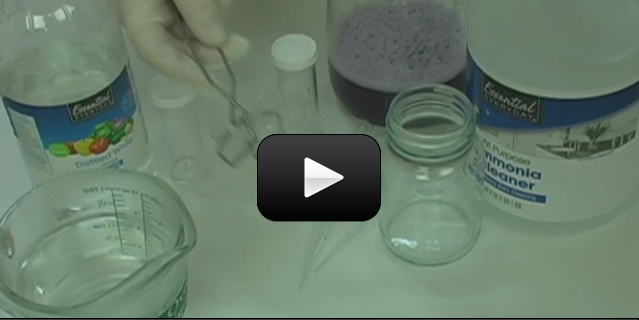If you’re into magic shows, this is a good one to perform for an audience, because the solution goes from purple to pink to green to blue and back again!
Le Chatelier’s principle states that when the temperature is raised, an equilibrium will shift away from the side that contains energy. When temperature is lowered, the reaction shifts toward the side that contains the energy. That’s a little hard to understand, so that’s why there’s a really cool experiment that will show you exactly what we see happening with this principle.
Remember that exothermic reactions are chemical reactions that give off energy. In this experiment, this reaction is exothermic, which is going to be an important key in predicting which way the system will balance itself as it gets subjected to temperature changes.
Please login or register to read the rest of this content.


Sure thing! Find Chemistry here: https://www.sciencelearningspace2.com/grade-levels/advanced-projects-2/adv-chemistry-course/
how can i access just chemistry for 9-12?